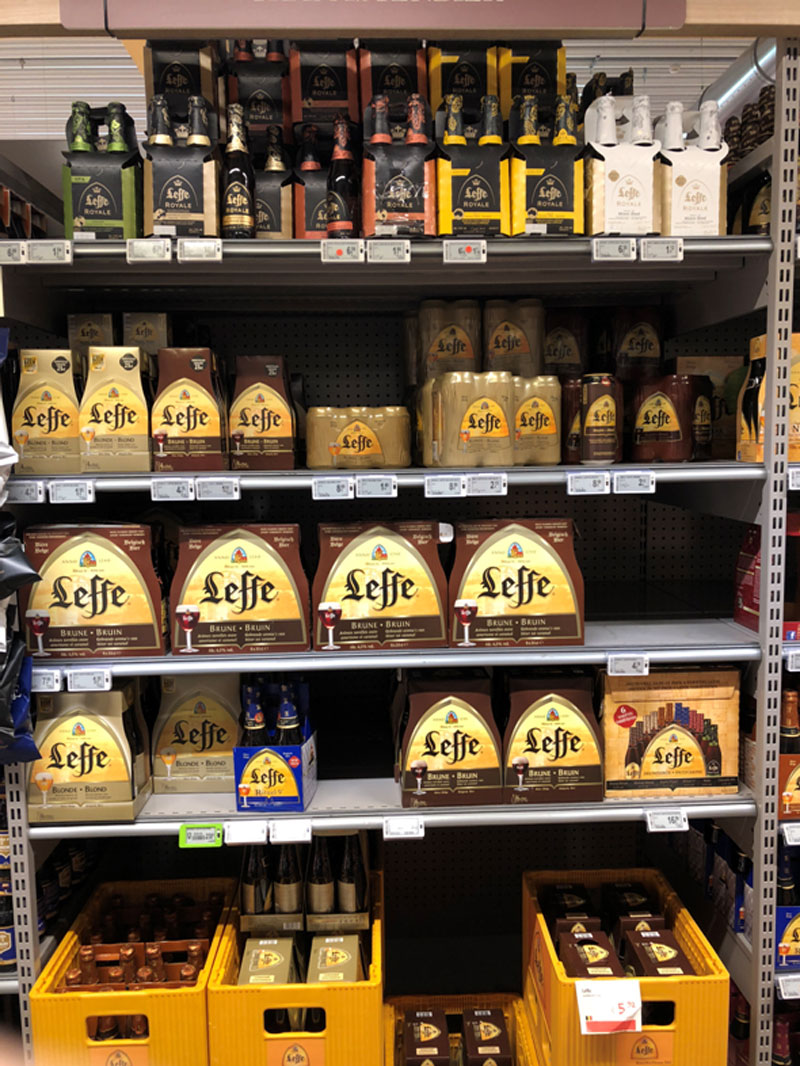The battle for shelf space heats up
It appears counterintuitive that Big Brewers, all the while trying to cut costs, are increasing their stock keeping units (SKUs). According to perceived wisdom, rising numbers of SKUs add complexity and thus costs. Therefore, traditional FMCG companies have often tried to eliminate SKUs in order to focus on bestsellers.
So why has AB-InBev, in recent years, not only launched plenty of brand extensions to its Leffe brand, an abbey beer, but also extended Leffe’s pack portfolio – so much so that you begin to wonder if they are still making any money?
Fear not, there is a reason for this inflation of SKUs and the old SABMiller spelt it out: through pack price dispersion and price ladders they sought to strengthen revenues and engage the competition. In plain English, in order to make more money they increased their packaging portfolio because they saw that the more packs, the more confusing it becomes for the consumer to determine a brand’s price per serve and to tell a real discount from a faux one. And as to the engagement of the competition, what they really meant was this: by flooding shelves with plenty of their own SKUs they could elegantly crowd out their competitors’ brands.
The cleverest tactic to befuddle consumers is the price ladder. Depending on the packaging and size, the price per serve (say per litre) can effectively be hidden. In the case of SABMiller’s Chibuku, a sorghum beer, which classifies as a budget product and was sold in various plastic bottles and a carton, prices per serve varied by a factor of three. The difference in margins was sizeable too. Show me the hurried consumer who does some mental arithmetic if all they want is a single serve.
In beer markets around the globe, craft beer brands have stolen share from big brands. But in the retail sector, where beer overdelivers versus space allocation (in the US, beer accounts for three percent of retailers’ dollars in two percent of shelf space, AB-InBev already said in 2013), competition for shelf space can only get nastier.
The Davids of the brewing industry may have won a few battles, but the Goliaths are still Goliaths, not least since they have worked out the difference between beneficial diversity and wasteful complexity.


